The 9/11 Memorial & Museum: Impressions From a Visit
What comes to mind when you think of 9/11?
Is it the inescapable image of an airplane crashing into a skyscraper? Or the whisperings of ludicrous conspiracy theories (you might remember the "9/11 was an inside job" bumper stickers)?
Maybe it's the news reports from the long-winded and misguided wars in the Middle East? Or, perhaps you’re thinking about how tiresome it’s become to be a traveler going through security at the airport in the post-9/11 world?
Over the last 17 years, all these thoughts and more have filled my mind when I think back on September 11. But what I’ve failed to recognize and reflect on before now, that is before I visited New York City this year, are the stories of the people who not only lost their lives on that day, but also the courageous men and women who were part of the rescue effort at the site of the former World Trade Center.
Don't get me wrong - like many others, I saw the news reports of heroic first responders and everyday citizens, as well as the subsequent Hollywood movies like United 93, and although these touched my heart they always seemed to be a fleeting topic of discussion, regrettably and all too easily forgotten.
However, when I got to New York City this fall, I made a point of wanting to visit the 9/11 Memorial & Museum to learn more about the experiences of these people.
As a first-time visitor, the 9/11 Memorial & Museum is one of the places you should unquestionably make time for during a visit to New York. I mean, this is one of the most significant events of our time which has shaped (and continues to shape) the city, let alone world events to this day.
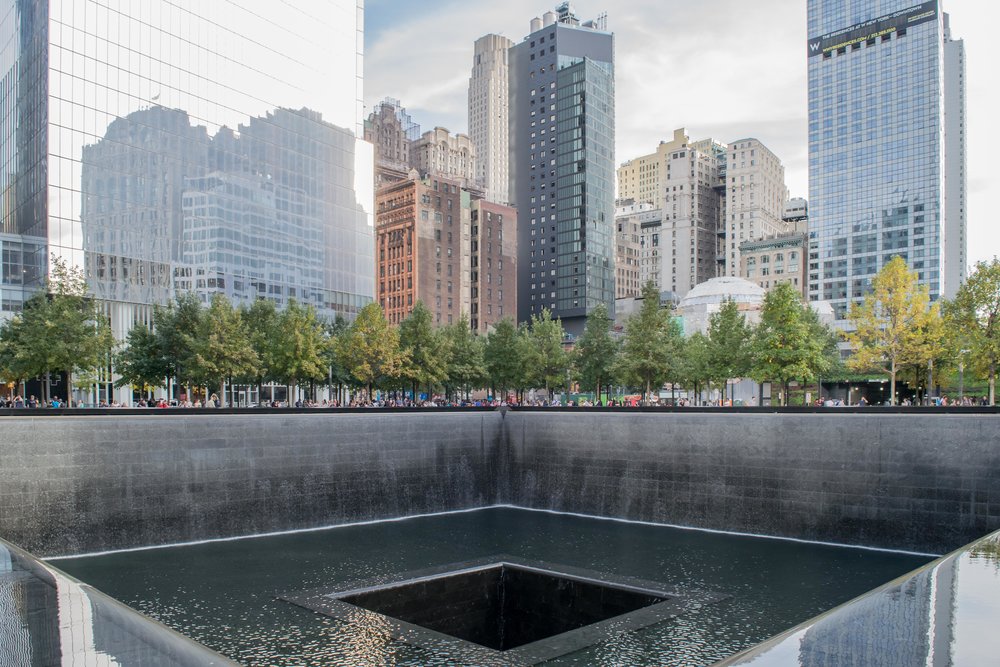
The Memorial
Located where the Twin Towers once stood, there are now two large grey chasms in the ground from which water cascades down all four sides before gathering in a pool and finally plunging into a dark void in the middle, seemingly descending to the center of the Earth.
On the brass rims around these twin pools you'll find stencil-cut names of every person who died in the terrorist attacks of February 26 and September 11. At nighttime, lights shine up through each letter illuminating the names.
These two pools make up the 9/11 Memorial, which is free of charge and open to the public daily from 7:30 am to 9 pm.
“
Occupying eight of the 16 acres at the World Trade Center, the Memorial is a tribute to the past and a place of hope for the future.
”
The Museum
Instead of focusing on complicated and controversial topics like terrorism or the wars in Afghanistan and Iraq (although these are also covered to a lesser extent), the museum offers a touching but honest look at human nature during and post-9/11, with artifacts, personal stories and information from people who were involved both directly and indirectly.
“
The Museum is an educational and historical institution honoring the victims and examining 9/11 and its continued global significance through artifacts and records.
”
While the entrance to the museum is at street level, visitors must follow a ramp downwards to view the majority of the exhibits which are housed in vast underground halls. The combined space of the museum covers approximately 110,000 square feet.
Inside this immense expanse, you'll find various artifacts on display such as pieces from the planes that struck the Twin Towers, one of many fire trucks which assisted in rescue efforts, a three-story metal beam covered with missing posters, photographs, and messages of resilience named the 'Last Column' (which has become something of the museum's centerpiece), as well as a retaining wall that survived the destruction of the original World Trade Center.
Then there are the smaller but just as significant artifacts like damaged fireman's helmets, World Trade Center ID's, faded subway cards, police uniforms, and dust-covered shoes.
The Exhibits
The museum is thoughtfully divided into several exhibits, with the main two being the Historical Exhibition and the Memorial Exhibition.
Located within the original perimeters of the North Tower, the Historical Exhibition is filled with artifacts, photographs, first-person accounts, and archival audio and video recordings. This exhibit is made up of three sequential parts: the Events of the Day, Before 9/11, and After 9/11.
“
No day shall erase you from the memory of time.
”
The Memorial Exhibition is situated within the original footprint of the South Tower, and contains portrait photographs of the almost 3000 people who lost their lives in result of the terrorist attacks on September 11 and the bombing of the World Trade Center on February 26, 1993. In this exhibit, there are touch-screen devices where visitors can learn more about the lives of some of these individuals.
Another exhibit, which is titled 'Witness at Ground Zero', contains images by a French photographer and video director who spent several days volunteering with rescue crews. The dramatic images were taken amidst the rubble of Ground Zero.
My takeaway
As a visitor listening to an archived audio recording inside the museum, I could feel the soul-wrenching finality in the voice of the Flight 175 passenger who called his wife minutes before the plane he was seated in flew into the South Tower.
And when I gazed upon a pair of grimy businesswoman's high heels, I could only imagine the horrors this person witnessed while fleeing for her life from the toxic dust clouds raised by collapsing buildings.
But while there are so many stories inside the museum of horror and despair that aptly go along with a tragedy like 9/11, there are also stories of survival and the unwavering power of the human spirit.
Stories of policemen running into buildings moments before collapsing, of ex-firemen volunteering their time, of doctors racing towards the carnage instead of away from it, and of everyday people supporting each other in such a trying moment in time.
Visiting the 9/11 Memorial & Museum left me with a stronger sense of the events surrounding September 11, but primarily it gave me a deeper understanding of the thoughts and actions of many of the people involved.
The Oculus
Today, at the World Trade Center site you'll not only find the 9/11 Memorial & Museum, but also the Oculus building which is both a train station and shopping mall designed by Spanish architect Santiago Calatrava.
Its wholly unique design has been likened to everything from a bird's wings to an armadillo to the twisted steel structures found at Ground Zero. Regardless of what it's actually meant to be, the bright and lofty architecture is absolutely breathtaking and clearly provides some light to it's darker counterpart, the 9/11 Memorial & Museum.
The Oculus is also a photographer's playground, with plenty of architectural lines, shapes, light and dark colors.
Across from the Oculus and 9/11 Memorial & Museum is the One World Trade Center (unofficially known as the Freedom Tower), the tallest building not only in New York City but the entire Western Hemisphere comprised of 104 floors and a height of over 500 meters.
On levels 100, 101, and 102 of the One World Trade Center, visitors can access the Observatory for a 360° view of New York City and the surrounding waterways.
Standard admission to the Observatory is $36 USD per adult.
What to know about visiting the 9/11 Memorial & Museum
As I mentioned at the beginning of this article, I highly recommend you take the time to visit the 9/11 Memorial & Museum.
While the Museum website suggests you set aside approximately 2 hours to explore the entirety of the museum, I actually feel this amount of time to be inadequate. Somewhere closer to 3-4 hours seems appropriate for those who want to have a general overview of the exhibits, while a half or even full day would provide you with a more in depth visit.
Also, get there early! If you can arrive at opening time you'll be able to view far more of the museum than later in the day when the crowds arrive.
An adult ticket for the 9/11 Memorial & Museum costs $24 USD and admission on Tuesdays from 5 pm to closing time is free. Note, that the 9/11 Memorial & Museum is included as one of the option tickets in a New York CityPASS voucher booklet so it might be worthwhile in purchasing one if you plan on seeing more of NYC's top attractions (right this way for my review of the New York CityPASS).
The 9/11 Memorial & Museum is open daily Sunday to Thursday from 9 am - 8 pm (last entry at 6 pm) and Friday and Saturday from 9 am - 9 pm (last entry at 7pm).
Like it? Pin it!
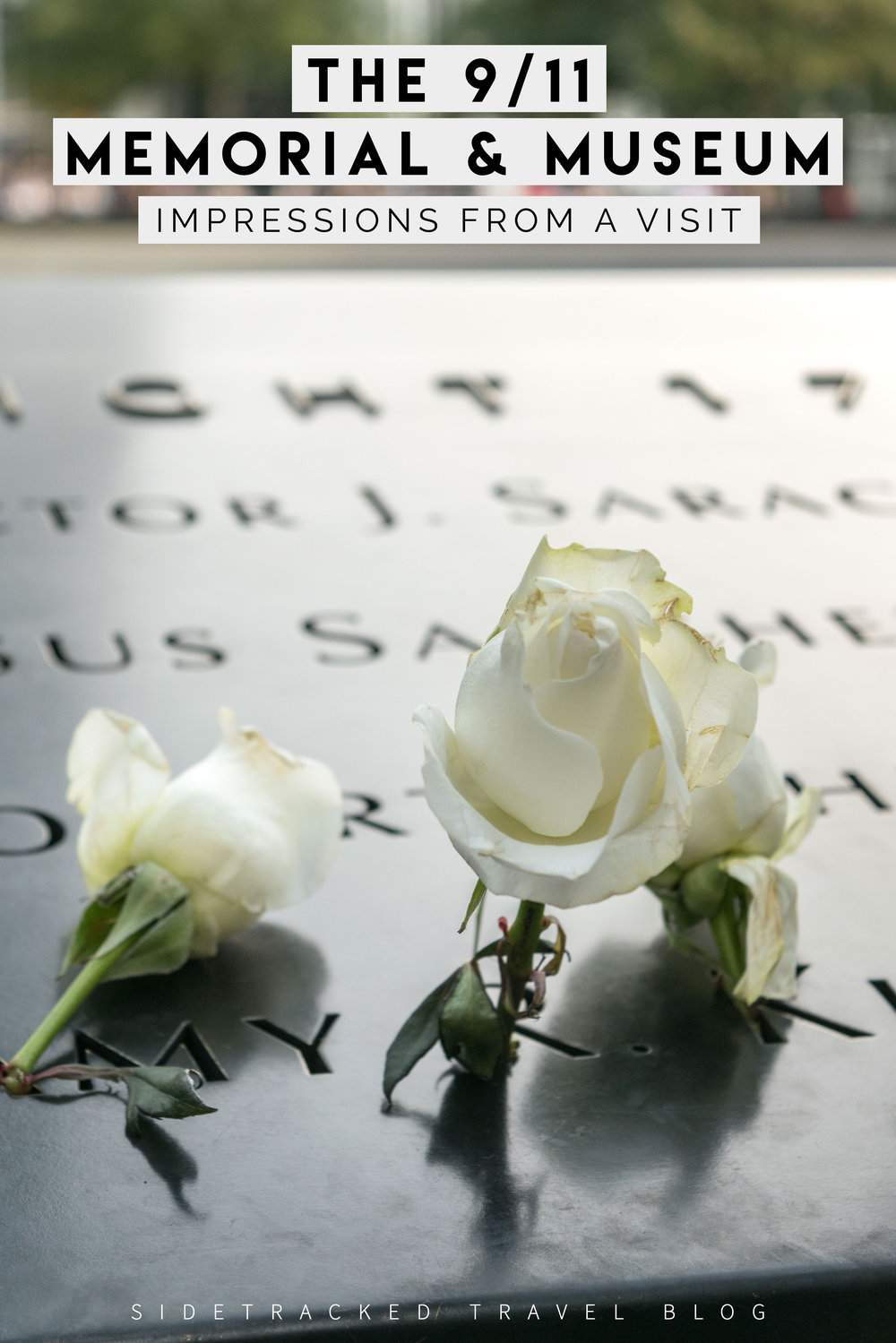
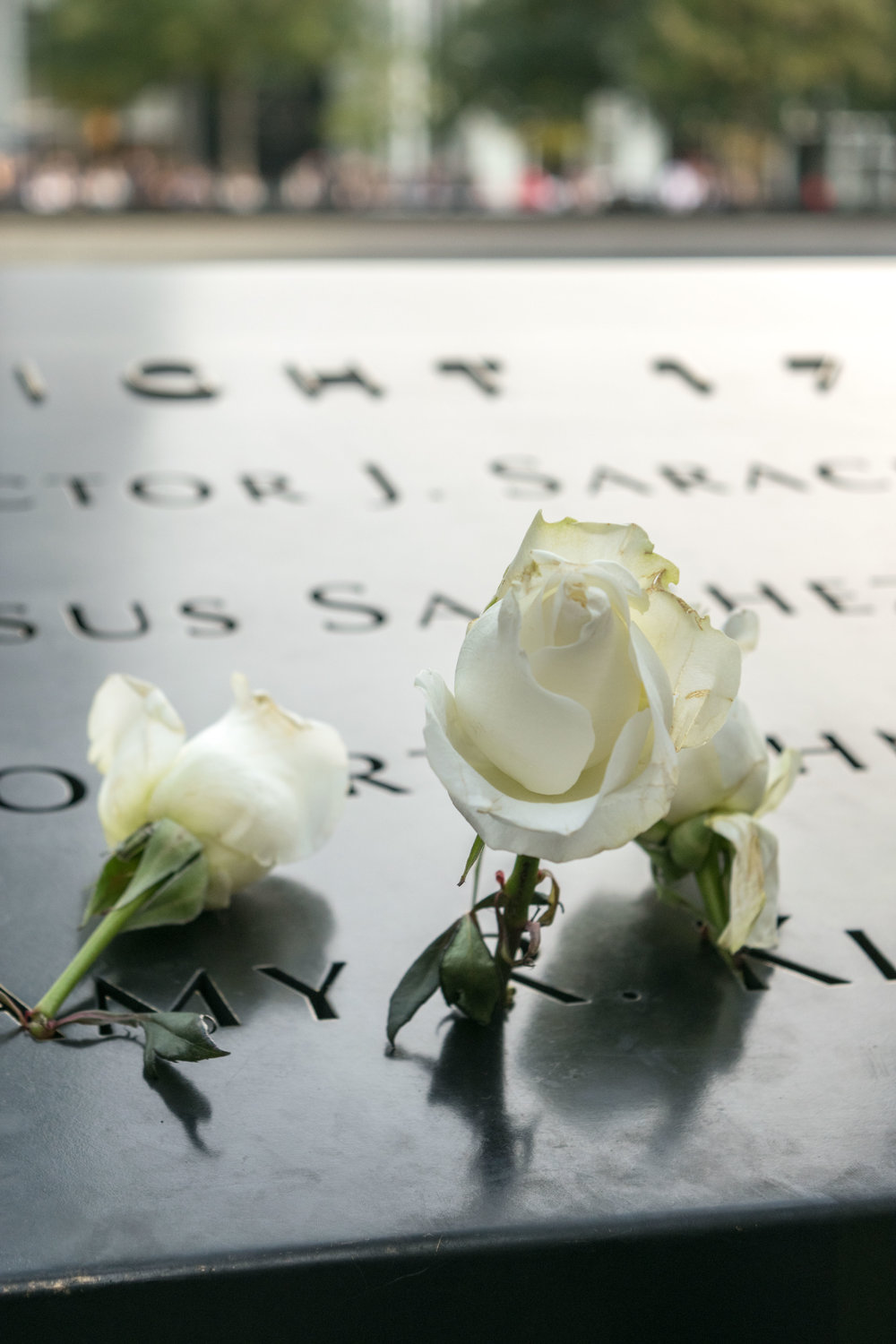
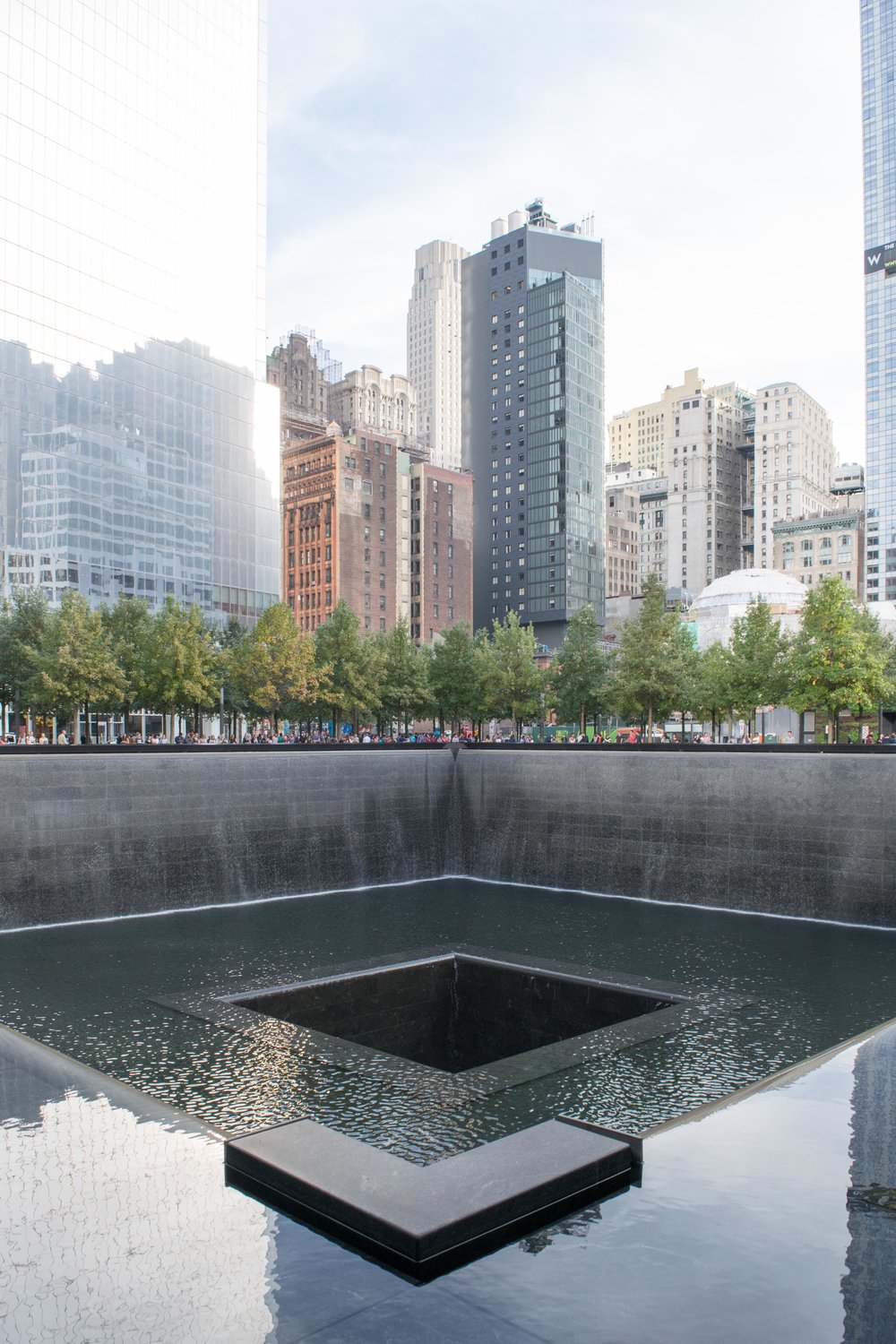



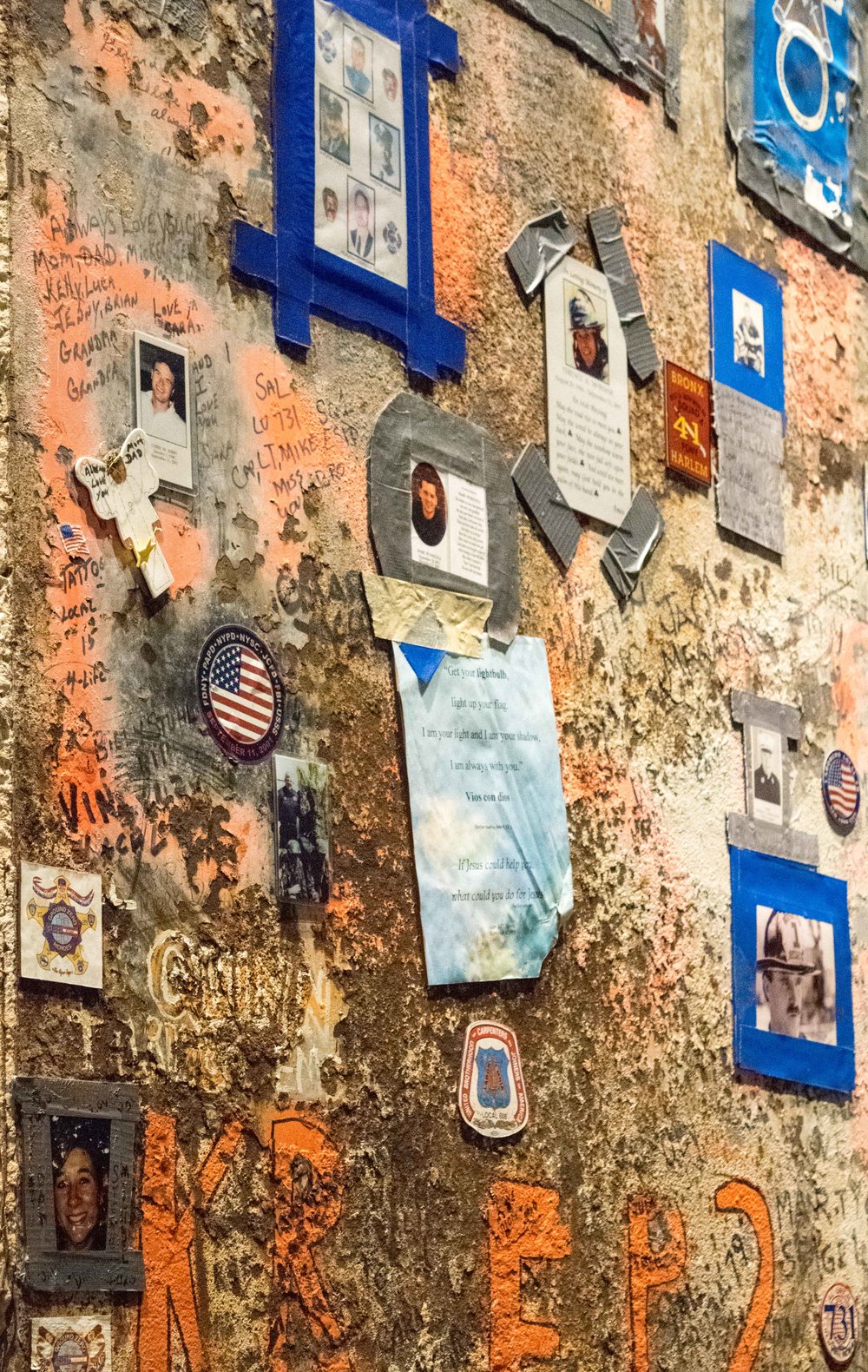

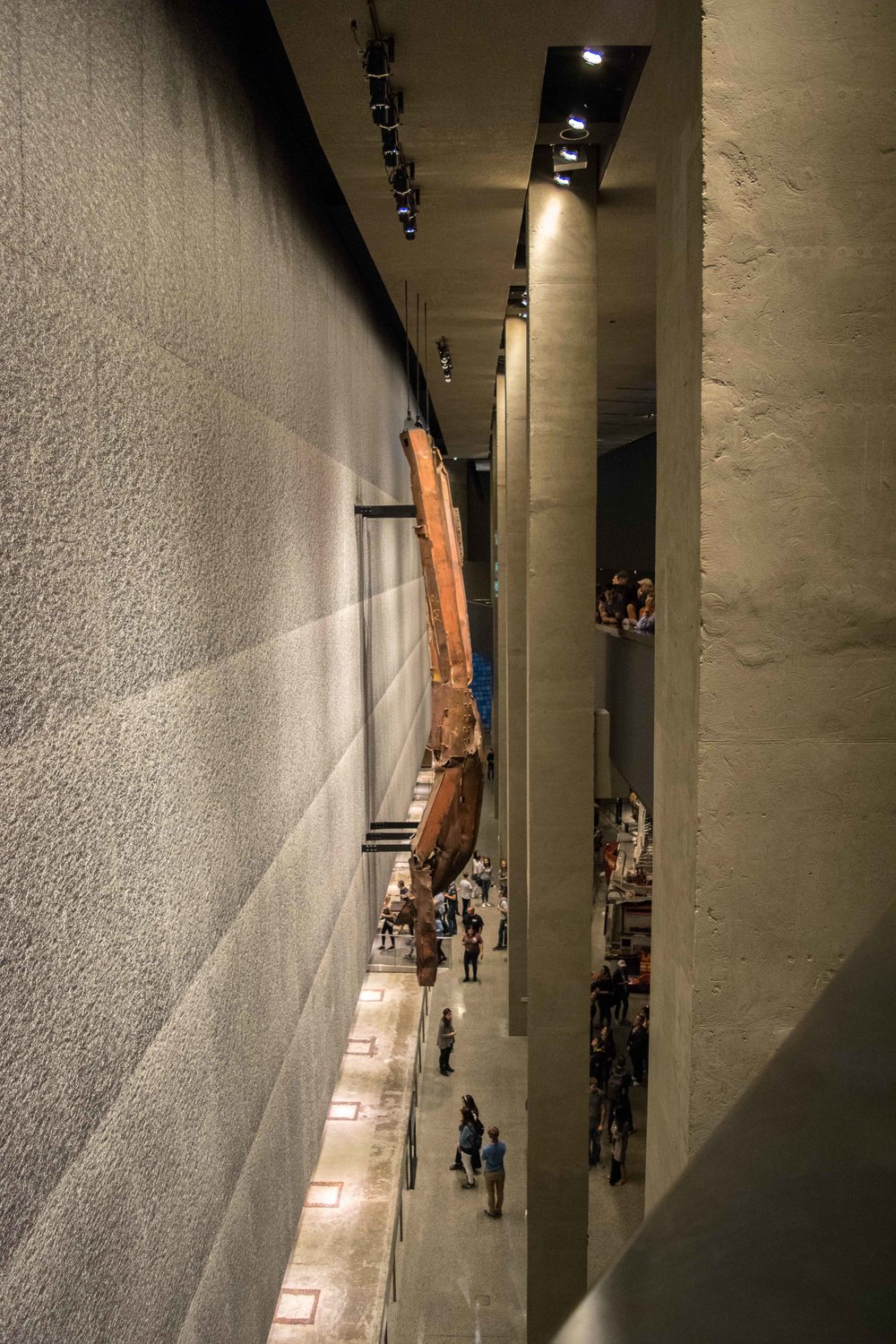

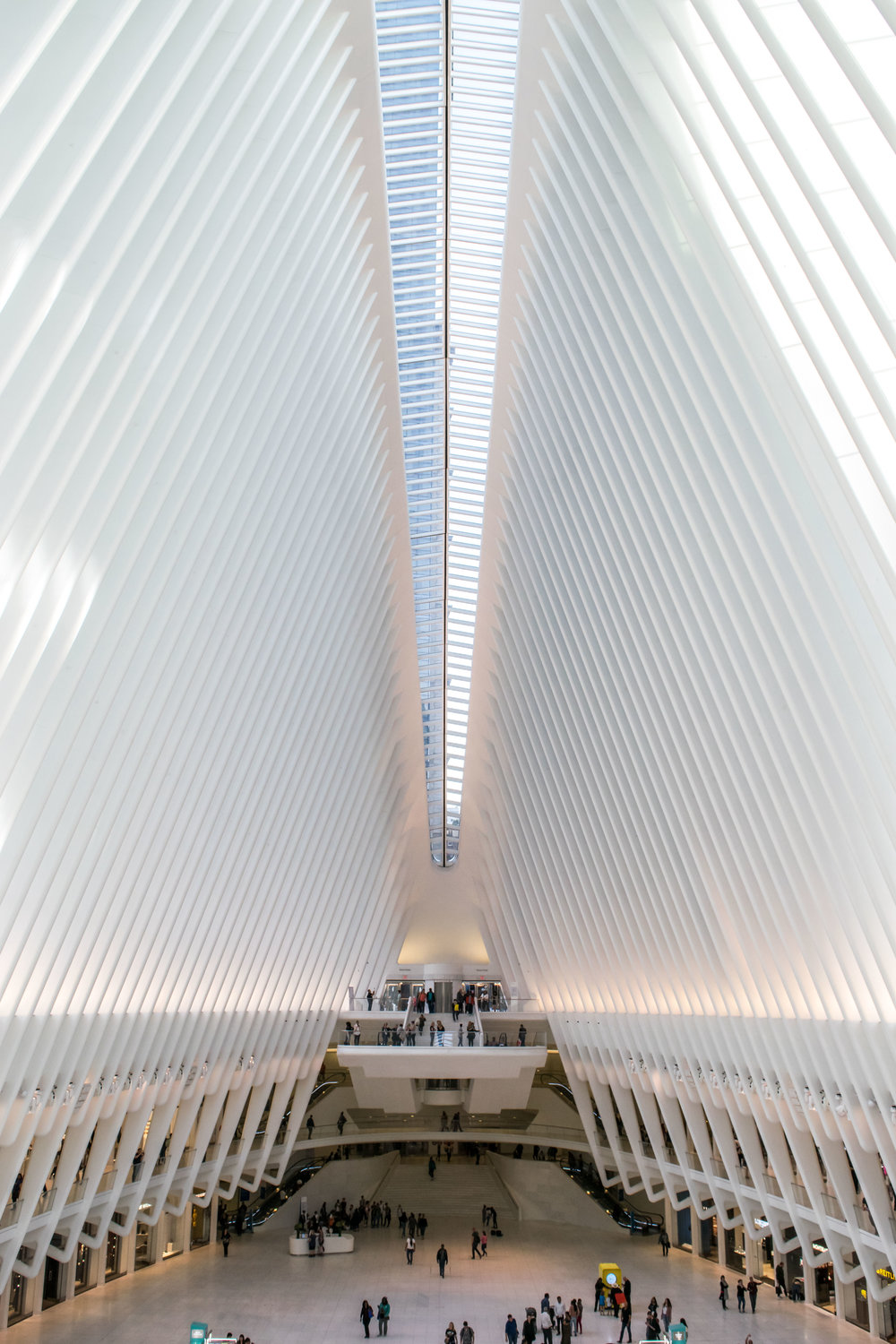
.jpg)

